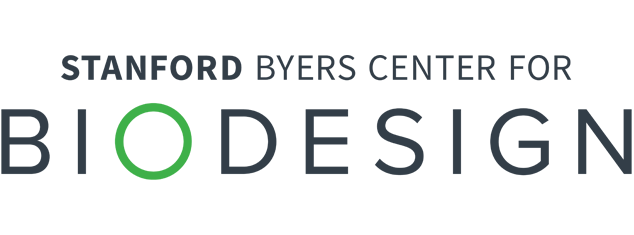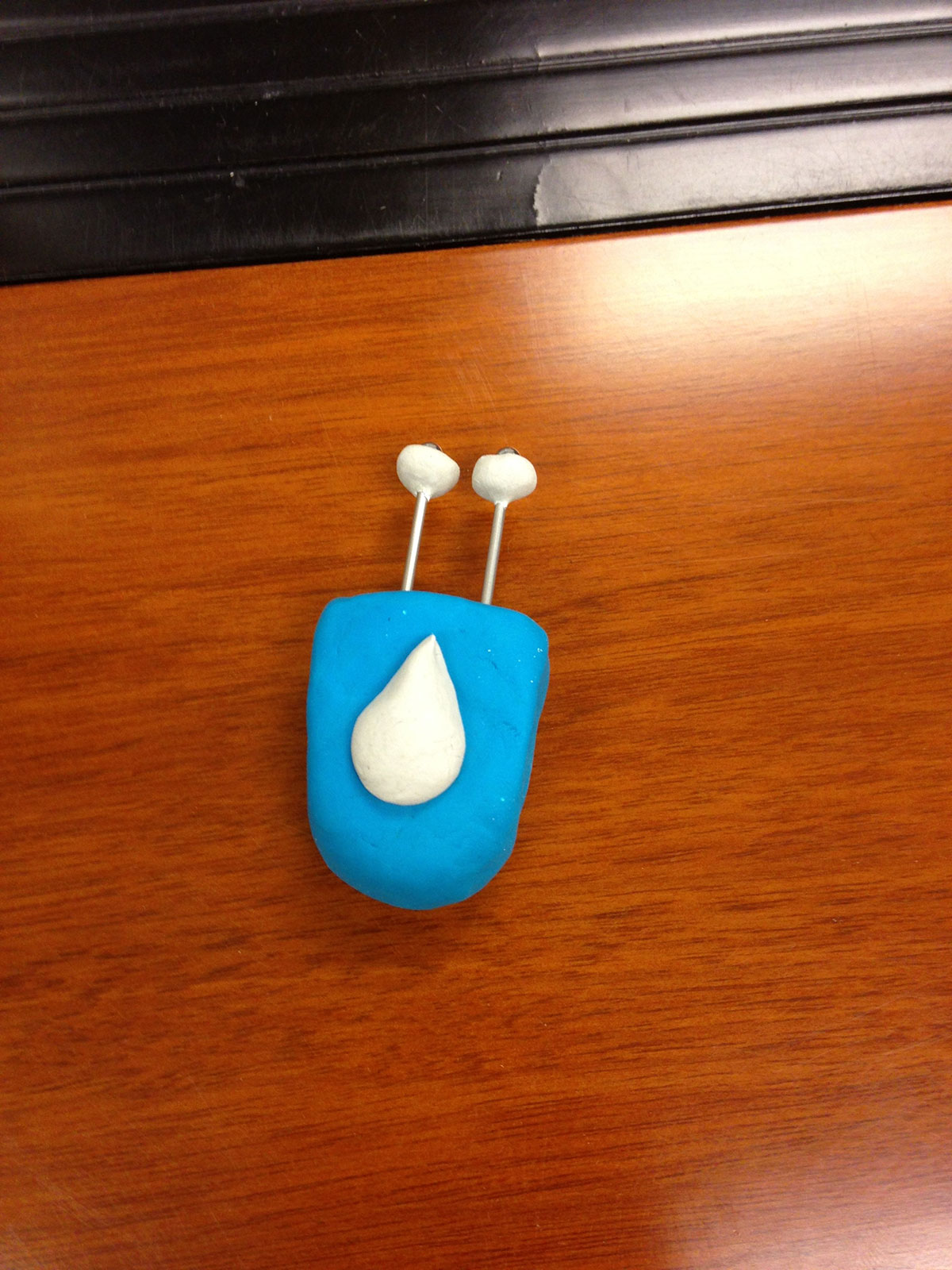Technologies
Oculeve Tackling Dry Eye:
An Interview with Michael Ackermann of Oculeve
What is the need Oculeve sought to address?
Our project was focused on addressing dry eye, which represents a huge unmet need. Roughly 30 million Americans have some form of dry eye, and that number is growing as our ‘screen time’ continues to increase. The condition causes symptoms that range from discomfort and sensations of dryness to incapacitating pain and vision impairment.
At the time we were Biodesign Innovation Fellows, the primary treatments available to people with dry eye were artificial re-wetting drops or a pharmaceutical product. Unfortunately, neither one works for all patients, especially those with more severe dry eye. So we felt like this was an area ripe for innovation.
What key insight was most important to guiding the design of your solution?
In the early-stages of the project, we investigated the complex pathophysiology of the disease and identified two main drivers of dry eye.
"Our insight was to ... find a way to induce the body to restore its own natural tear film."
First, the problem is not just that dry eye sufferers don’t create enough tears, it’s that their tear film is of poor quality. Tear film is made up of three layers – the lipid, aqueous, and mucin layers. People with dry eye have a deficiency in at least one of those three layers, which prevents the tear film from adequately hydrating the eye.
The second factor is inflammation, which is considered both a cause and a consequence of dry eye. When the eye isn’t sufficiently hydrated, it becomes inflamed. The inflammation makes it harder for the tear film to hydrate the eye and speeds tear evaporation, which exacerbates the inflammation. It’s a vicious cycle.
The primary product on the market was intended to treat the inflammatory component of the disease. And all of the therapeutics that were in development were also targeting inflammation. Our insight was to focus on the other driver and find a way to induce the body to restore its own natural tear film.
 Michael Ackermann trying out a prototype of Oculeve's neurostimulation device.
Michael Ackermann trying out a prototype of Oculeve's neurostimulation device.
How does your solution work?
The product, which is called TrueTear, activates the nasolacrimal pathway to maintain the body's natural tear-film homeostasis. This is the same pathway that’s triggered when you put too much wasabi on your sushi and experience that intense feeling in your nose, followed by watering eyes.
Our technology creates a similar but more pleasant effect using neuro-stimulation. The tips of the device are placed into the nasal cavity. They emit tiny pulses of energy that send nerve signals to the brain and then back to the tear glands to stimulate natural tear production. Most patients achieve results using the device 2-3 times a day for 60 seconds each.
 The TrueTear technology activates the nasolacrimal pathway to increase the natural production of tears.
The TrueTear technology activates the nasolacrimal pathway to increase the natural production of tears.
At what stage of development is the solution?
Oculeve was acquired by Allergan in 2015, and TrueTear is now available to patients nationwide.
Tell us about a major obstacle you encountered and how you overcame it.
The original product we designed was a tiny implant that used neuro-stimulation to directly activate the lacrimal gland. However, as we were developing the product, the healthcare environment was changing rapidly from an economic perspective. We started to question whether an expensive, implantable device that would require a semi-invasive procedure was a viable approach given the growing emphasis on cost reduction in the healthcare system. We also realized that if we could come up with a less expensive solution, more patients would be able to benefit.
When we set out to reinvent the device, we were in the midst of testing the technology. Looking at the patients results, we noticed that people who were responding best were tearing in both eyes despite the fact that the implant was unilateral. It occurred to us that, in these cases, we weren’t stimulating the lacrimal gland; we were activating a reflex. So we stepped back and starting thinking about what other reflexes we could target, which ultimately led us to the nose and the device’s current mechanism of action.
How did your Biodesign training help you advance the project?
The Biodesign network was critical to our success. Being part of the Innovation Fellowship provided us with a great perspective on the industry and a community of advisors that assisted us in turning our idea into a product that’s now treating patients across the country. It takes a village, and Biodesign helped provide us with those connections.
"Voraciously seek mentors and advisors who can help guide the product, the company, and your own development."
Reflecting on your experience, what advice do you have for other health technology innovators?
Voraciously seek mentors and advisors who can help guide the product, the company, and your own development. There are many things people have figured out before you, so you don't have to learn everything the hard way. Sometimes entrepreneurs get so worried about protecting their idea that they don't want to talk about what they’re working on or give people enough information to be able to provide meaningful feedback. But, generally speaking, I think you have much more to gain by seeking advice and input than you do from being overly secretive.
Michael Ackermann founded Oculeve out of the Biodesign Innovation Fellowship in 2011. To learn more, about the technology, visit the TrueTear website.
Disclaimer of Endorsement: All references to specific products, companies, or services, including links to external sites, are for educational purposes only and do not constitute or imply an endorsement by the Byers Center for Biodesign or Stanford University.







